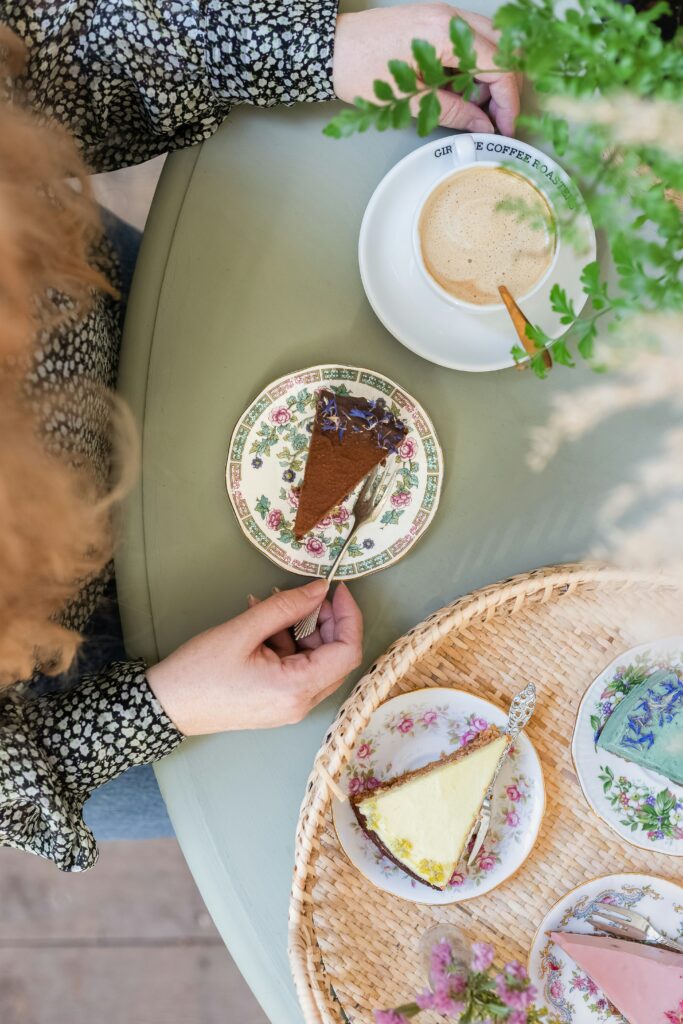When coming to Japan—whether to visit or live—there’s one thing many of us love to indulge in: shopping. Japan, especially Tokyo, is known for its fashion-forward street style, catering to both those who can afford high-end designers and those who love to piece together outfits from eclectic recycle shops and one off-boutiques. I fall into the latter group, and since moving here, scouring recycle shops for bargain gems has become a hobby. Whilst I have no difficulty finding tonnes of items I would love to wear, there is one sticking issue, and that’s sizing.
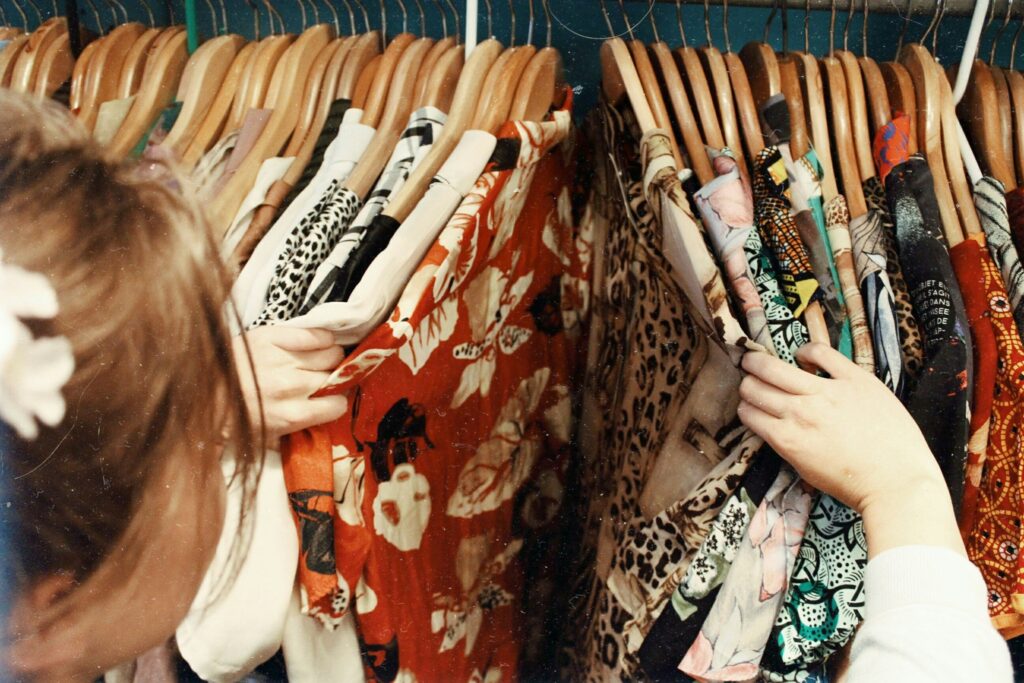
One size does not fit all
Clothing sizes in Japan can be a real challenge, especially for international residents. Whilst this affects both men and women, I can only speak from my own experience as a woman—so that’s what this article will focus on.
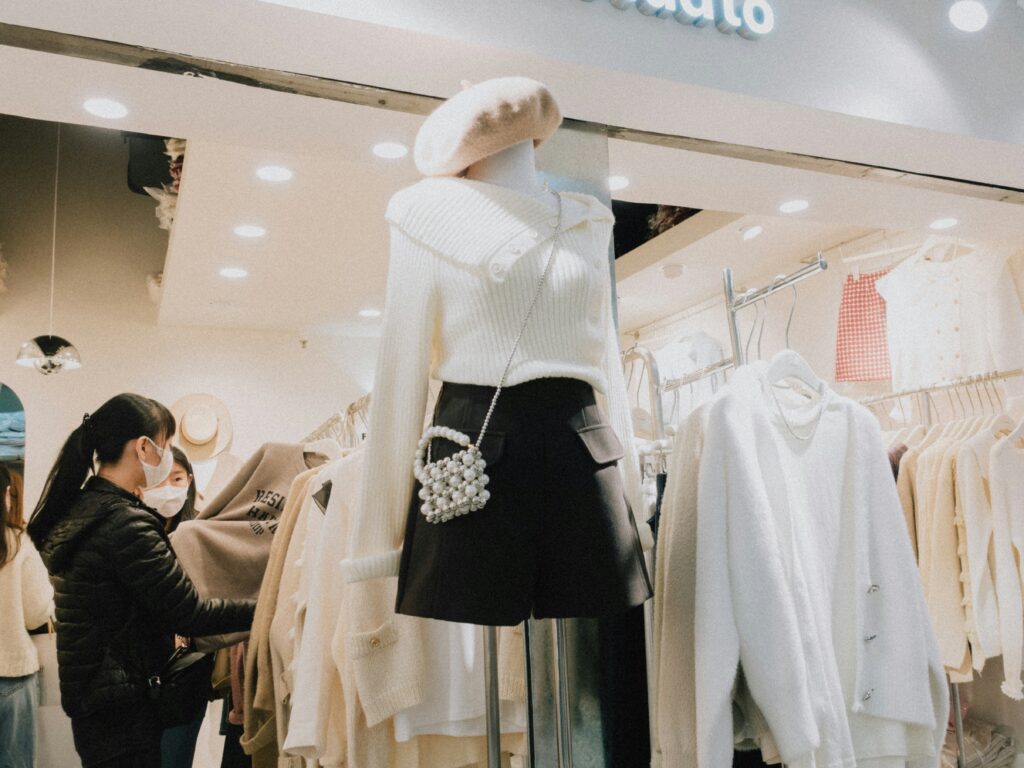
Of course, body types vary regardless of ethnicity. However, women in Japan tend to be slightly smaller and more petite compared to those in the U.S. or U.K. For example, the average height of a Japanese woman is around 158 cm (5 feet 2 inches), about three centimeters shorter than the average American woman at 161 cm (5 feet 3.5 inches). But more so than height, clothing sizes differ drastically.
In Japan, the average women’s clothing size typically ranges from 7 to 9 (roughly equivalent to a U.S. 4–6 or U.K. 8–10, depending on where you look). This contrasts sharply with the average size in the U.S. (16) and the U.K. (also 16, equivalent to a U.S. 12). As a result, many stores are stocked with clothing that, on average, runs much smaller than what’s typical for British or American body shapes.
In my case, I am a U.K. 10, which should align more closely with Japanese sizes—but I still struggle. Beyond just numbers, body shapes also vary. Finding trousers that fit over my thighs and hips has been a challenge. Recently, at Levi’s in Shinjuku, I had to go for the largest size on the rack just to get a good fit.
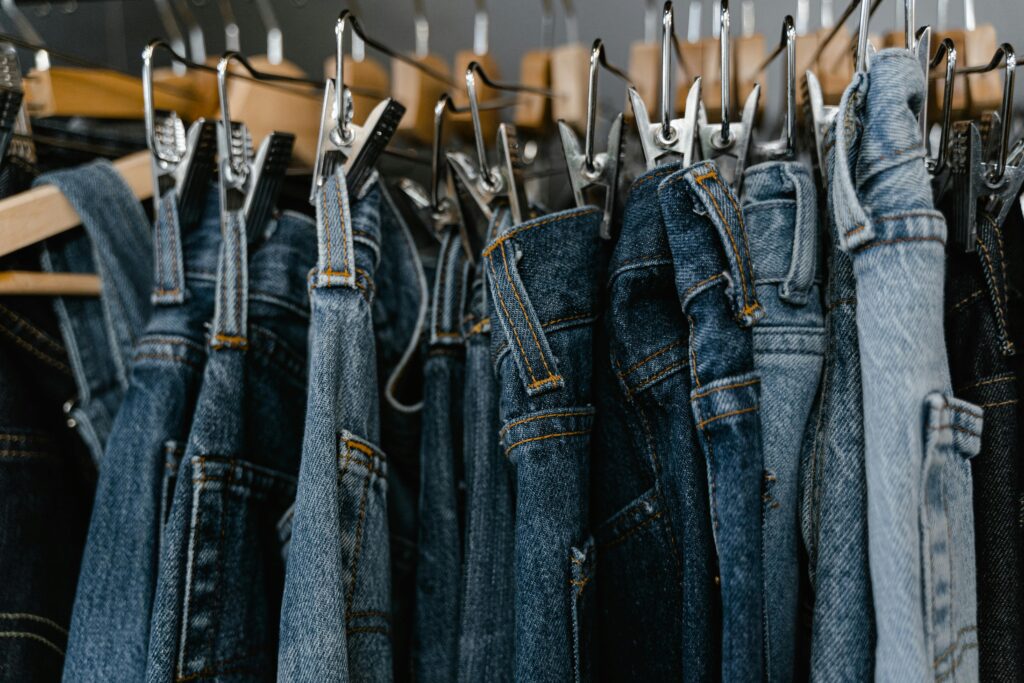
Comparison is the thief of joy
It’s hard not to let all this affect how you perceive your body. I also want to acknowledge that many international residents struggle to find anything in their size, often resorting to online shopping—which, in my opinion, is far less fun. That said, a growing number of retailers are starting to cater to a wider range of sizes.

Personally, I have always felt rather positive about my body. I’m an average size, slightly above average in height (165 cm / 5 feet 4 inches), and I enjoy staying active. I had never really felt overly negative about the way I look—until I moved to Japan. We often compare ourselves to what we see around us, and here, many women tend to be smaller and more petite. Clothes that looks great on slender frames just don’t seem to sit quite right on my wider frame, which can really feel disheartening.
I have also struggled with the fact that, as I get older, my body is changing—pushing me further away from the “average” Japanese size in which many clothes are made. What was once a fun hobby—browsing recycle shops—has started to feel like a chore, and I find myself walking away empty-handed more often as the clothes simply don’t fit. What I am working on now is not letting this bring me down or push me into feeling negatively about my body.
Above all, focus on health
Japanese clothing isn’t likely to change to suit my specific needs anytime soon, but there are things within my power that help me feel healthy and happy.
One of the best things I can do for my body is care for it without attaching negative emotions like shame or guilt. I know I feel better about my body when I am active, so I joined a karate school and now go twice a week. Pushing myself and learning a new skill automatically boosts my self-esteem and motivates me to improve my Japanese as well. With the weather warming up as we head into spring, I also plan to cycle more often—another activity I love that keeps me moving.
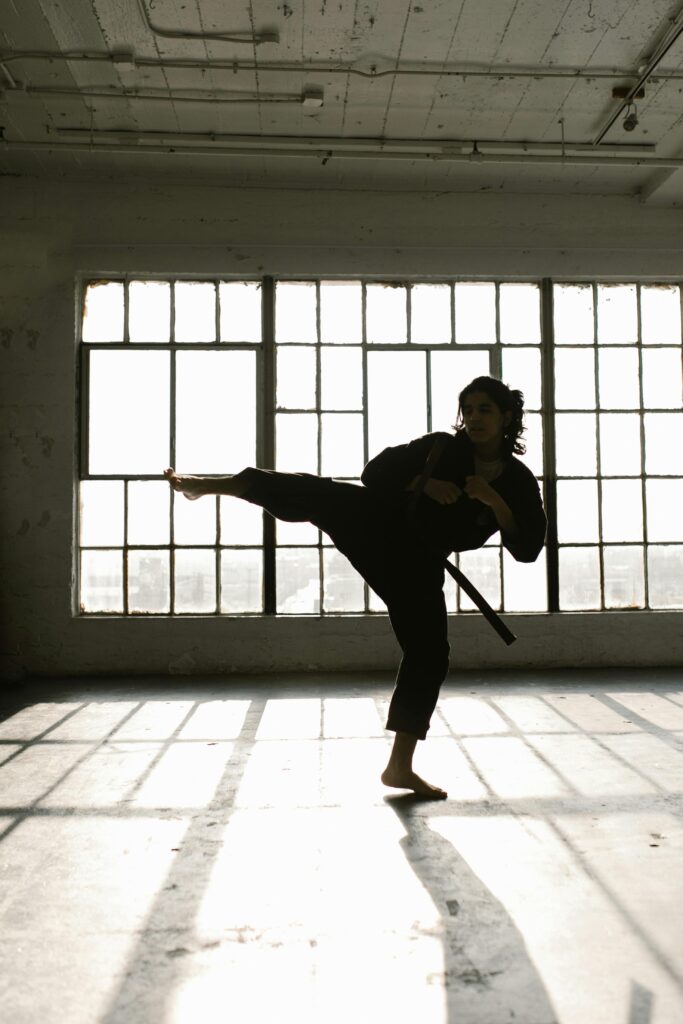
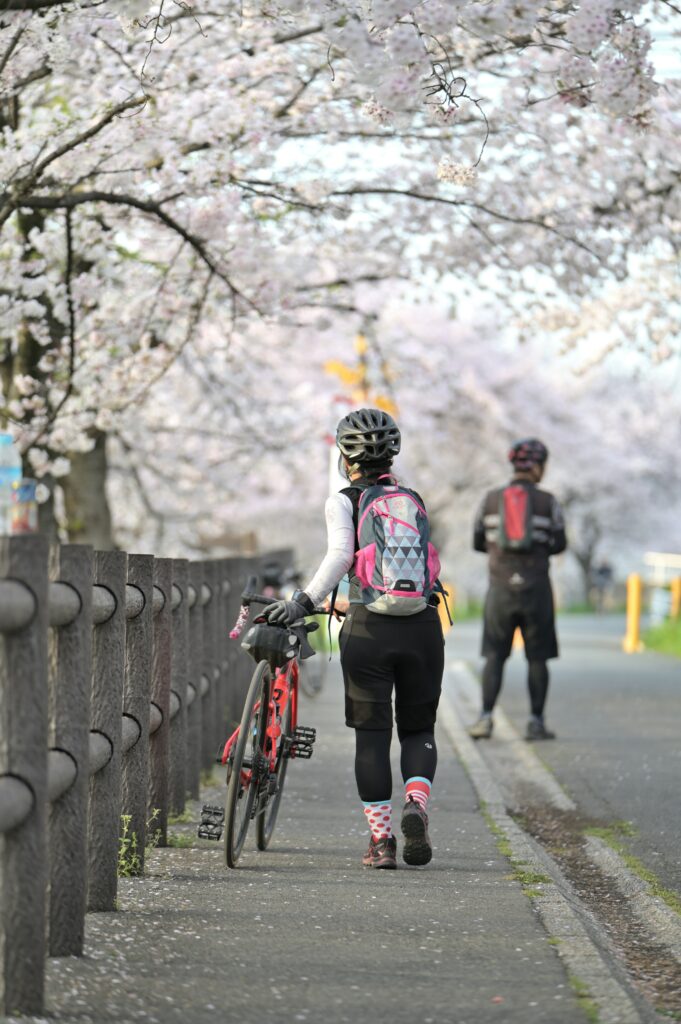
I also realised that over the winter months, I may have overindulged in pastries and sweet treats (the bakery near my house is phenomenal). Now, I’m being a bit more mindful of what I eat. Taking control of my diet has improved how I feel about myself and my body. Of course, I still indulge in delicious meals and pastries, but I am more conscious of the frequency.
Navigating Japanese clothing as an international—especially coming from a country where people tend to be “bigger”—can sometimes feel like a minefield. But by focusing on what’s best for our own bodies and recognizing what is and isn’t within our control, we can approach that minefield from a much healthier mental space.
